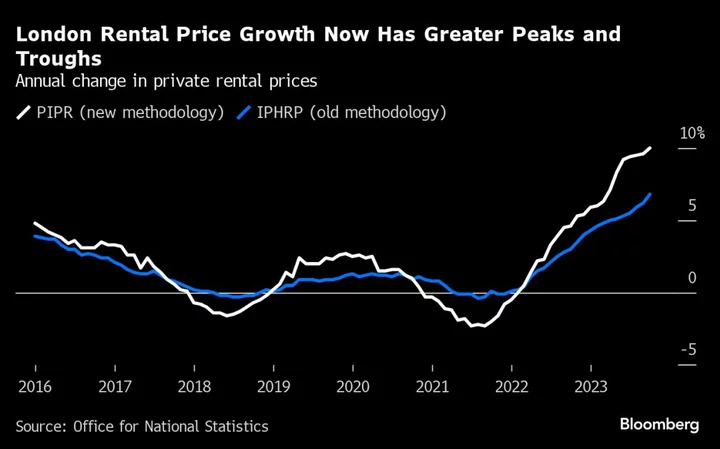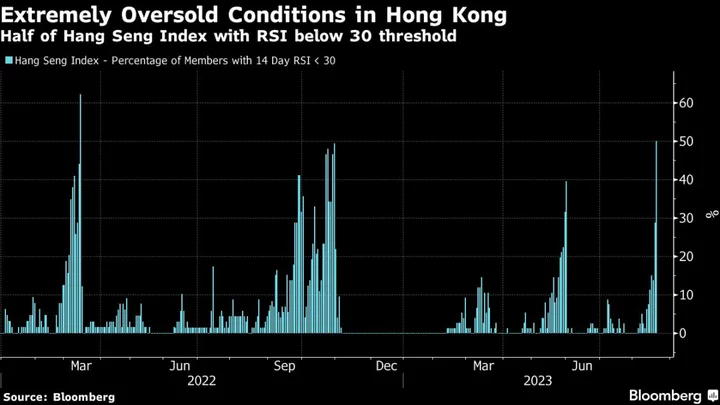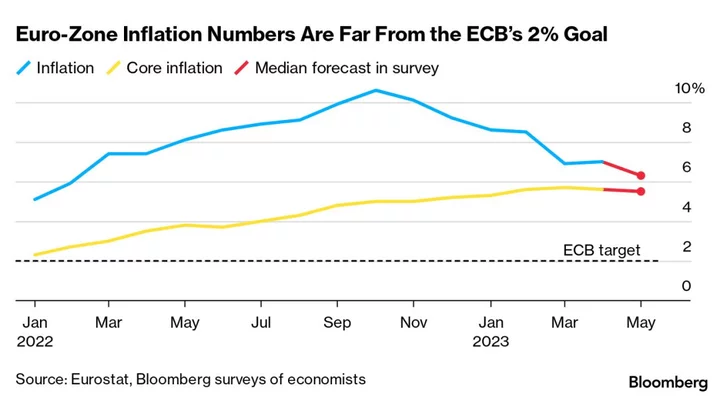Britain’s statistics body said the current rate of inflation would be 0.2 percentage points higher under improvements to the way it measures used car prices and private rents coming into force from March.
The impact would have pushed up the annual rate of consumer price inflation in October to 4.8% from the current reading of 4.6%, the Office for National Statistics said Friday in a statement.
The move is part of an ongoing project to improve the way statisticians measure inflation by using new data sources and processes. While the ONS won’t revise historical data, the change may provide upward pressure on the indicator the Bank of England is trying to bring back to its 2% target.
Between January 2018 and October 2023, the changes would have added less than 0.1% to the annual Consumer Prices Index on average.
The Retail Price Index, which is used to set payouts on around a quarter of the UK’s government debt, would have risen to 6.2% in October under the new methodology from 6.1%.
The effect on the ONS’s CPIH measure, which includes housing costs, will be slightly larger at 0.2 percentage points, with the impact more heavily weighted in recent years due to changes in rents. By that measure, inflation would be 5.2% now instead of the current reading of 4.7%.
The new Price Index of Private Rents will show the annual percentage change in rental prices was 0.7 percentage points higher on average between January 2016 and October 2023 than suggested by the existing Index of Private Housing Rental Prices, the ONS said.
The improved methodology shows higher growth in times when rents are rising, it added, and is more responsive to market change.
The changes will allow the ONS to delve into smaller regions to compare rental prices in different areas over time. Between January 2015 and October 2023, it said, rental prices in England and Wales grew fastest in the City of Bristol at 60.2%. Several central London boroughs have also seen strong growth. They ballooned the least in the Surrey district of Runnymede, at 11%.
The ONS’s new PIPR measure of rental prices will still look at the stock of properties let out, unlike other indices such as Zoopla which focus on newly let homes. But the methodology will help smooth out differences between the two types of data, the ONS said.









